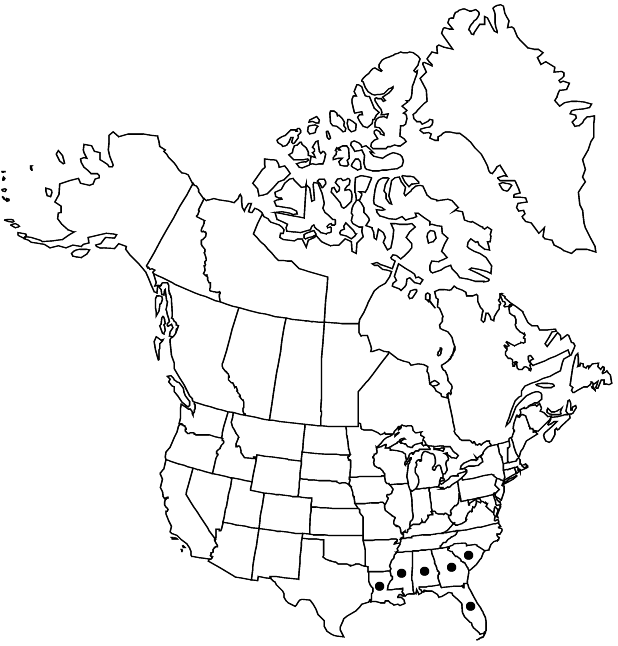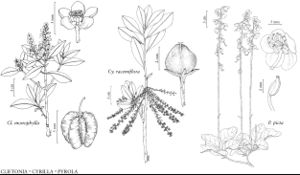Difference between revisions of "Cliftonia monophylla"
Silva 2: 7. 1891 ,.
Common names: Buckwheat tree black titi
IllustratedEndemic
Basionym: Ptelea monophylla Lamarck in J. Lamarck and J. Poiret, Tabl. Encycl. 1: 336. 1792
Treatment appears in FNA Volume 8. Treatment on page 368.
FNA>Volume Importer |
imported>Volume Importer |
||
| Line 7: | Line 7: | ||
}} | }} | ||
|common_names=Buckwheat tree;black titi | |common_names=Buckwheat tree;black titi | ||
| + | |special_status={{Treatment/ID/Special_status | ||
| + | |code=F | ||
| + | |label=Illustrated | ||
| + | }}{{Treatment/ID/Special_status | ||
| + | |code=E | ||
| + | |label=Endemic | ||
| + | }} | ||
|basionyms={{Treatment/ID/Basionym | |basionyms={{Treatment/ID/Basionym | ||
|name=Ptelea monophylla | |name=Ptelea monophylla | ||
| Line 51: | Line 58: | ||
|publication title=Silva | |publication title=Silva | ||
|publication year= | |publication year= | ||
| − | |special status= | + | |special status=Illustrated;Endemic |
| − | |source xml=https:// | + | |source xml=https://bibilujan@bitbucket.org/aafc-mbb/fna-data-curation.git/src/bb6b7e3a7de7d3b7888a1ad48c7fd8f5c722d8d6/coarse_grained_fna_xml/V8/V8_711.xml |
|genus=Cliftonia | |genus=Cliftonia | ||
|species=Cliftonia monophylla | |species=Cliftonia monophylla | ||
Revision as of 00:13, 28 May 2020
Plants to 15 m, often forming dense stands. Leaves: petiole absent or relatively short; blade bluish white abaxially, green adaxially, elliptic to oblanceolate, 2.5–10 × 1.2–1.8 cm, coriaceous, base cuneate, narrowed to petiole, apex acute to obtuse or shallowly emarginate. Flowers fragrant; petals white or pink, 6–8 mm. Fruits 5–7 mm.
Phenology: Flowering Mar–May.
Habitat: Acidic soils in seepage bogs ("hillside bogs," "pitcher-plant bogs"), along blackwater streams, depressions in pine savannas
Elevation: 0-100 m
Distribution

Ala., Fla., Ga., La., Miss., S.C.
Discussion
The common name “buckwheat tree” alludes to the resemblance of the fruits with those of Fagopyrum (Polygonaceae). Cliftonia monophylla is a coastal plain endemic that forms dense patches of trees, except in sites that are burned frequently, where it is shrubby.
Selected References
None.
Lower Taxa
None.
